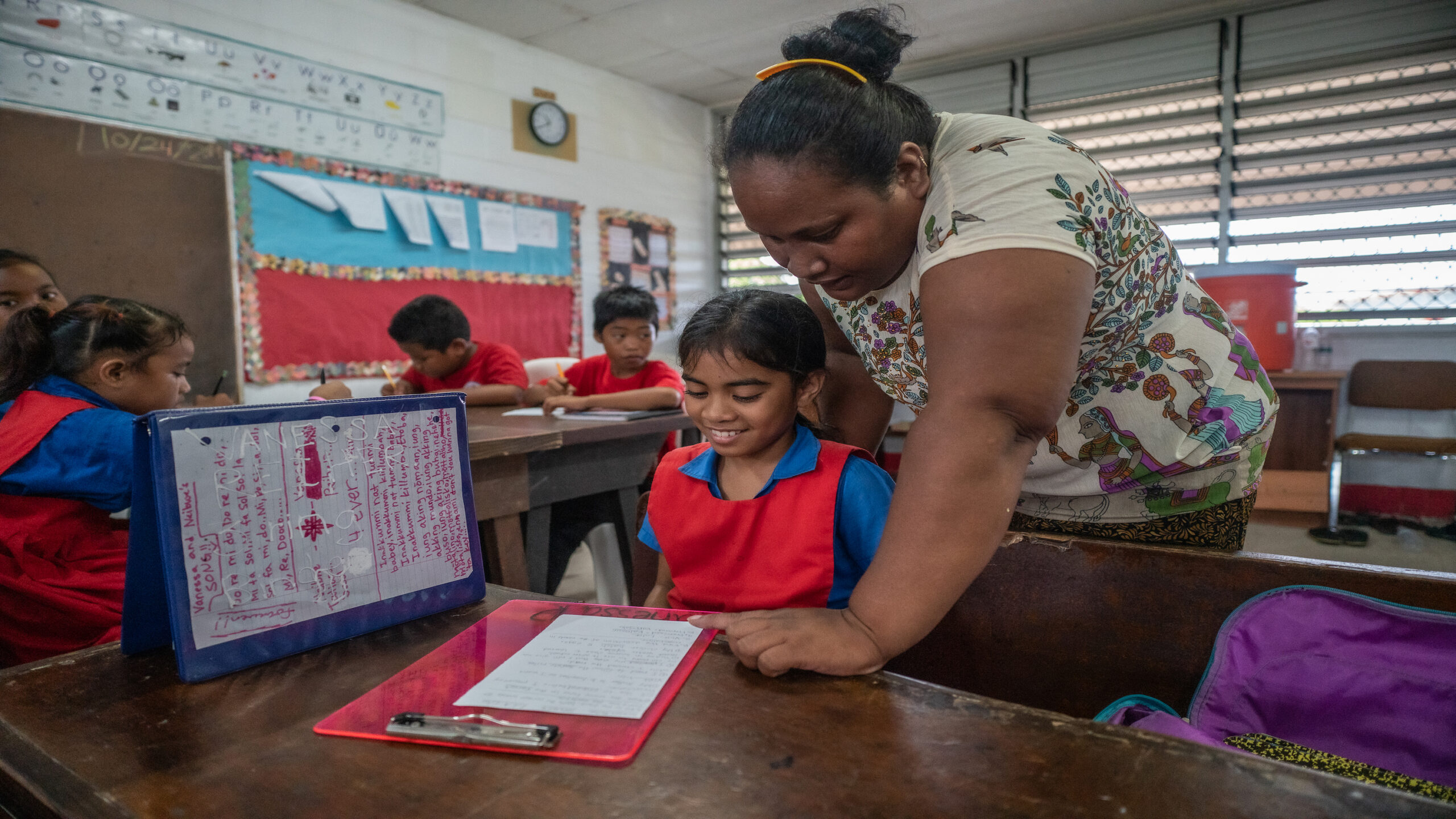One of the main areas where family incomes have an impact is educational outcomes. As seen by school readiness assessments, children from low-income homes frequently begin school behind their counterparts from more affluent families. Along with neighborhood factors and social networks, poverty’s occurrence, depth, duration, and timeliness impact a child’s educational success. However, interventions conducted in Canada and abroad have demonstrated that the impacts of poverty can be diminished by employing long-lasting solutions. In primary care settings, pediatricians and family physicians have numerous possibilities to influence student’s preparation for school and academic achievement. In addition to food, shelter, and clothing, education is one of the necessities of modern existence.
The Indian Constitution has given everyone the right to live honorably and with dignity toward all citizens. The State has been taking several actions to guarantee this fundamental right. The universalization of free and obligatory primary education for all children of school age is one of them—additionally, the right to adhere to and spread faith and religion. In contrast, formal education is a means of guaranteeing the right to live with honor and dignity. In a multireligious secular nation like ours, the latter is a prerequisite environment—to practice and spread the faith of one’s own free will.
Impact of Childhood Poverty on Student’s Education and Their Life Trajectory
Education is a potent weapon for combating poverty and unemployment, enhancing nutritional and health standards, and reaching environmental protection. The formal education system recognizes primary education as a fundamental human right and essential for each person’s personal and social growth. A catalyst is provided by education. It causes changes in society’s economy, culture, and technology. It is said to be the most crucial method of improving one’s characteristics, overcoming obstacles, and seizing further possibilities for long-lasting well-being enhancement. Many individuals are impacted by poverty. But it might be argued that kids are most affected by poverty. And with 1.21 billion people on the planet, children in India who live below the poverty line will undoubtedly suffer the consequences.
Poverty not only hinders a child’s growth but also negatively impacts a child’s educational performance and a lack of access to moral guidance and a moral framework. In the earliest years of life, poverty affects a child’s development and educational outcomes directly and indirectly through mediated, regulated, and transactional processes. In the United States and increasingly developing nations, it has been acknowledged that school readiness, or a child’s capacity to use and benefit from education, plays a unique role in helping people transcend poverty. Although it is a crucial component, a strategy to reduce poverty must include numerous other elements, such as better opportunity frameworks and family empowerment.
How Does Poverty Impact Education of Children in India
India, which now has the world’s third-largest purchasing power parity economy, has been an urban-cantered, industrializing nation since its independence in 1947. Over the last 25 years, India has been noted for its significant economic growth, which looks to continue for the 2017 -2018 fiscal year with an expected growth rate of 7.2 percent. While India has maintained much financial success, many failures and weaknesses still debilitate the nation’s full potential. For example, the poverty rate in India has been less severe in recent years, but there is still much room for improvement.
According to the World Bank’s definition of extreme poverty in 2016, 270 million Indians made ends meet on $1.90 or less daily. Eighty percent of those affected by these circumstances resided in rural India, where everyday work is the primary source of income for the populace. Despite what would have appeared to be an economic boom over the previous 25 years, most growth has been in cities where the software development centers of huge international businesses like IBM and Microsoft are located. Economic growth does not appear to solve the problems of extreme poverty in the manner a neoliberal system would, given the gap between urban and rural living.
Even if educational advancements have not been exclusively responsible for India’s decline in extreme poverty over the past 20 years, the country’s poverty rate has been significantly impacted by investments made in improving the country’s primary education. Despite India’s low literacy and education rates compared to other countries, the Sarva Shiksha Abhiyan (SSA) has made significant strides recently and expanded its reach to all of India’s districts. According to a recent assessment, there is no teaching activity and low student progression rates in half of India’s government institutions. Promoting high-quality education is necessary if the country is to alleviate extreme poverty truly.

